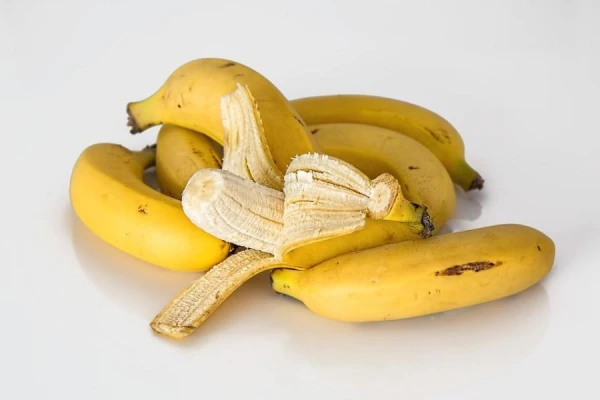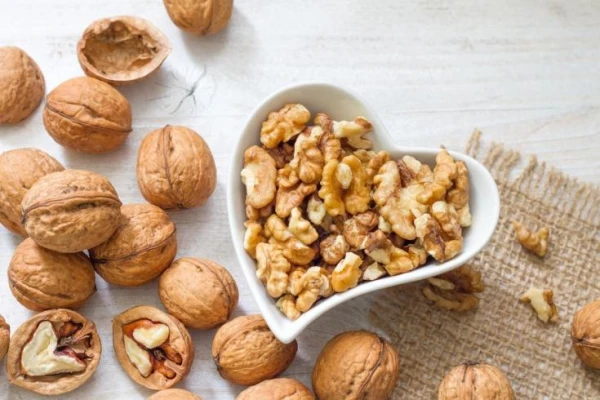
There is an opinion that semolina porridge should be a mandatory part of a child's diet, as it provides strength and prevents stomach problems. However, many of these beliefs are outdated myths. Let's find out together with the doctor why semolina porridge is not a universal solution.
Composition of Semolina Porridge
“Semolina porridge is a dish known, perhaps, only in the post-Soviet countries. It was once made from the leftovers of wheat processing. The product itself — semolina — is quite affordable,” shares Tatiana Ponomareva, a physiotherapist and nutritionist.
Semolina is made from the germ of wheat grains. These germs are obtained by removing the husk and endosperm of the grain during its processing into flour. Semolina is produced from the inner part of the wheat grain, which is why it lacks the coarse fiber that is beneficial for digestion and present in many other cereals. Compared to other cereals, semolina is low in vitamins and minerals, and the content of essential amino acids (lysine, methionine, tryptophan) leaves much to be desired.
Essentially, semolina consists mainly of starch and a small amount of protein.
Harms and Benefits of Semolina Porridge
“If we consider semolina porridge made with water, its disadvantages significantly outweigh its advantages,” states the doctor. “First of all, it has a high content of simple carbohydrates — about 11 grams per 100 grams of product and, consequently, a high glycemic index. Excessive consumption of such a product can lead to weight gain, the development of insulin resistance, type 2 diabetes, and other endocrine problems.”
When consumed on an empty stomach (for example, for breakfast), semolina porridge causes a sharp spike in blood glucose levels, and if an adult eats it with cow's milk, it can provoke bloating. Ironically, children are usually not allowed to eat sweets on an empty stomach, while semolina porridge has the same effect on the body as a dessert.
According to Ponomareva, semolina porridge also contains a lot of gluten. “According to recent studies, foods containing this protein should be limited not only for people with gluten intolerance, as this substance can cause stress on the immune system, which, in turn, can lead to inflammatory diseases and an increase in the incidence of ARVI,” explains the doctor.
Among the relative advantages of this cereal, one can note its low fiber content, making semolina suitable for the diet of people with certain gastrointestinal diseases. “In small amounts, semolina porridge can be consumed by those suffering from increased gas formation and digestive disorders. The porridge contains a sufficient amount of vitamin B9 (folic acid) and iron. However, to obtain the necessary norm of these substances, one would need to eat quite a lot of semolina, which will certainly affect one's figure,” adds the expert.
How to Make Semolina Porridge More Beneficial
Semolina is hardly considered a beneficial cereal for both children and adults, so it is better to completely refrain from consuming it. However, it is possible to slightly reduce the negative impact of semolina on the body, claims the doctor. It is enough to add berries to the porridge made with water. “They contain antioxidants that reduce the load on the pancreas,” explains Tatiana Ponomareva.
If you really love semolina porridge, it is better to eat it after a main meal rich in proteins, healthy fats, and fiber. In this case, the sugar spike will be less noticeable. For breakfast, it is better for a child to choose oatmeal, spelt, or millet porridge — they contain more protein, vitamins, and minerals. But even these porridges should definitely be combined with proteins, fats, and fiber to obtain all the necessary substances for the body.














Leave a comment